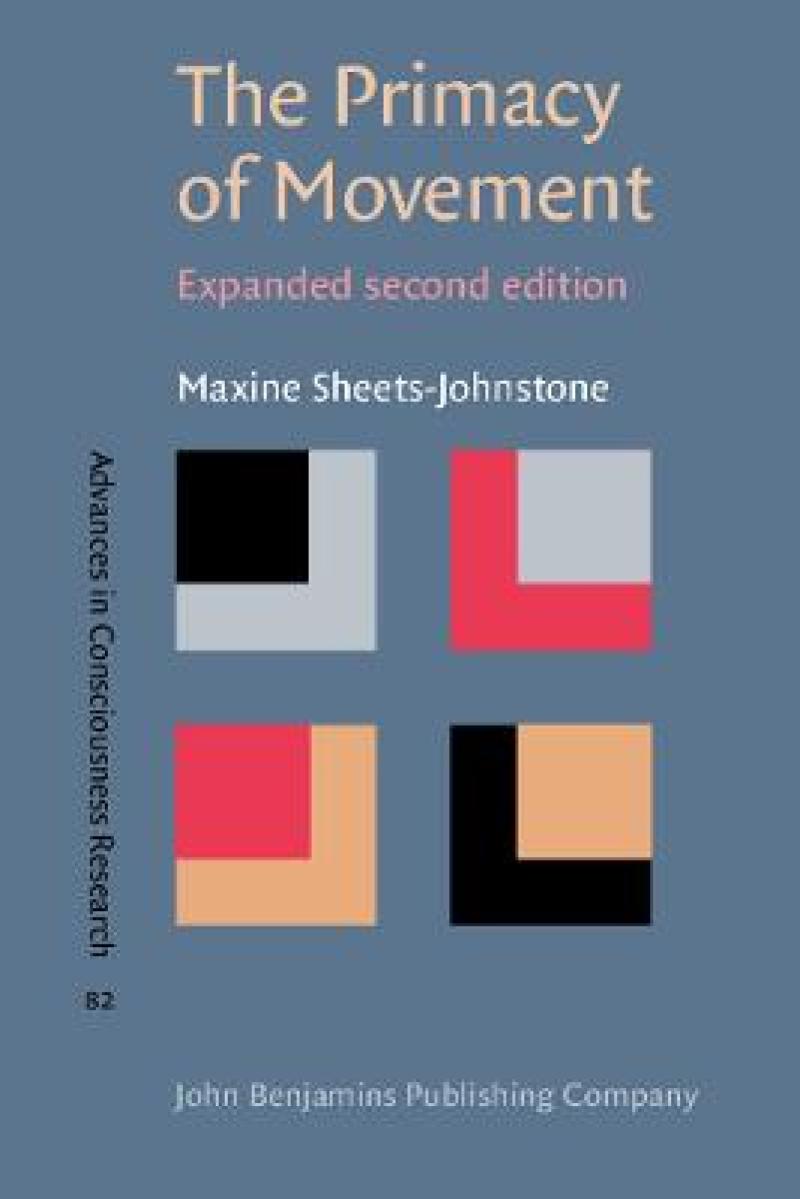It shouldn’t, but it does take a dancer and philosopher to tell neuroscientists what they ought to have known but have consistently ignored. As Maxine Sheets-Johnstone makes so clear, brains/minds did not evolve to solve the toy problems beloved of cognitive neuroscience or to be the passive recipients of sense data, but to provide their owners with kinaesthetic awareness of their place and space in their dynamic environment and to devise action plans to engage with that environment.
- Steven Rose, Professor of Biology, Director of Brain and Behavior Research Group, Open University, UK,
While many contemporary philosophers and cognitive scientists have recognized the epistemic significance of the body, very few have traveled the “corporeal turn” toward the deeper problem of movement. Maxine Sheets-Johnstone’s groundbreaking work, <i>The Primacy of Movement</i>, does just this by rigorously exploring the fundamental role that movement plays in becoming human. Returning to the self-evidence of first-person experience, Sheets-Johnstone systematically and effectively gives voice to the constitutive centrality of movement often overlooked in philosophies of knowledge and embodiment. This is a marvelous, creative undertaking that yields a much needed clarification of our critical investigations into the reality of life itself.
- Anthony J. Steinbock, Director, Phenomenology Research Center at Southern Illinois University and Co-Director of the Society for Phenomenology and Existential Philosophy,
In <i>The Primacy of Movement</i>, Sheets-Johnstone gives us a comprehensive trans-disciplinary<br />examination of human movement and the long withstanding mind-body debate. A philosopher herself, Sheets-Johnstone uses her analytic ability to tackle the question in a deeply critical and precise manner
- Larissa Lai, New York University, in Somatic Psychotherapy Today Vol. 3:3 (2013), p. 45,
Although Sheets-Johnstone writes for a philosophically erudite audience, the rest of us, whether in neuroscience, psychology, or anthropology, will find in <i>The Primacy of Movement</i> a magnificent choreography through description, theory, methodology and analysis of the body-in-motion. She vividly shows how our kinetic bodies, always interacting with the world, provide scaffolds and templates for human minds, and ground the elaboration of consciousness and culture in evolution, ontogeny and daily life. Hers is a far richer understanding of human evolutionary studies than ever promised by Neo-Darwinism or imagined by Darwin himself.
- Linnda R. Caporael, Professor, Science & Technology Studies, Rensselaer Polytechnic Institute,
